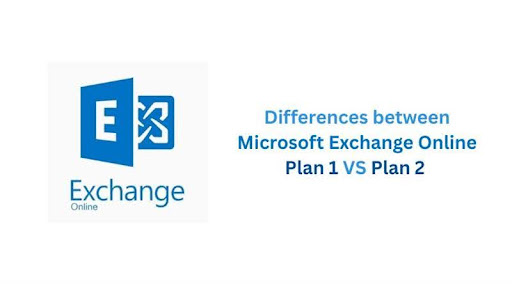Venturing into the world of forex trading can sometimes feel like stepping into a new country where the language is familiar yet strangely foreign. The jargon and terminology unique to the forex market can be bewildering to newcomers, yet understanding this language is crucial for navigating the trading landscape successfully. Here, we aim to demystify some of the most common terms and jargons, creating a linguistic map to guide every aspiring forex trader on their journey to fluency in the language of the markets.
Pip: Short for “percentage in point,” a pip represents the smallest price move that a currency pair can make. Typically, it is the fourth decimal place in most currency pairs. For example, if the EUR/USD pair moves from 1.1050 to 1.1051, that 0.0001 USD rise in the exchange rate is one pip. Understanding pips is vital for calculating profit and loss in trading.
Lot: In forex trading a lot refers to the standardized unit of currency being traded. The standard lot size is 100,000 units of the base currency. However, there are also mini, micro, and nano lot sizes of 10,000, 1,000, and 100 units, respectively. The choice of lot size has a direct impact on risk management, making it an essential concept to grasp.
Margin: Closely related to leverage, margin is the amount of capital required to open and maintain a leveraged position. It’s essentially a deposit made to the broker, acting as a guarantee against any trading losses. Margin requirements can vary depending on the broker and the size of the trade.
Bid and Ask: The bid price is the highest price a buyer is willing to pay for a currency pair, while the ask price is the lowest price a seller is willing to accept. The difference between these two prices is known as the spread, which represents the broker’s commission on the trade.
Spread: As mentioned, the spread is the difference between the bid and ask prices. It’s a critical factor to consider when opening a trade, as it affects the cost of the trade. A narrower spread generally indicates a more liquid market or a less costly trade.
Bear Market and Bull Market: These terms describe market trends. A bear market signifies a decline in market prices, indicative of a pessimistic outlook among traders. Conversely, a bull market is characterized by rising prices, reflecting optimism in the market.
Stop-Loss and Take-Profit Orders: Stop-loss orders are designed to limit potential losses by automatically closing a trade at a predetermined price. Take-profit orders work similarly but in the opposite direction; they lock in profits by closing a trade once it reaches a certain profit level. Both are crucial for effective risk management.
Fundamental and Technical Analysis: Fundamental analysis involves evaluating currencies based on economic indicators, such as GDP growth rates, unemployment figures, and interest rates, to predict market movements. Technical analysis, on the other hand, relies on historical price data and chart patterns to forecast future price movements.
Overbought and Oversold: These terms indicate market conditions. An overbought market suggests that a currency pair has been bought excessively and may be due for a price correction. An oversold market implies the opposite, indicating potential for a price increase.
Volatility: Volatility refers to the degree of variation in the price of a currency pair over a given period. High volatility means significant price movements, offering potential for higher profits but also greater risk.
Mastering the language of forex trading is an ongoing process, much like the trading journey itself. Familiarity with these terms and jargons can provide aspiring traders with a solid foundation, enhancing their understanding of market dynamics and aiding in the development of effective trading strategies. Remember, fluency in the language of the markets is not just about memorizing definitions; it’s about understanding concepts and applying them wisely in the quest for trading success.












